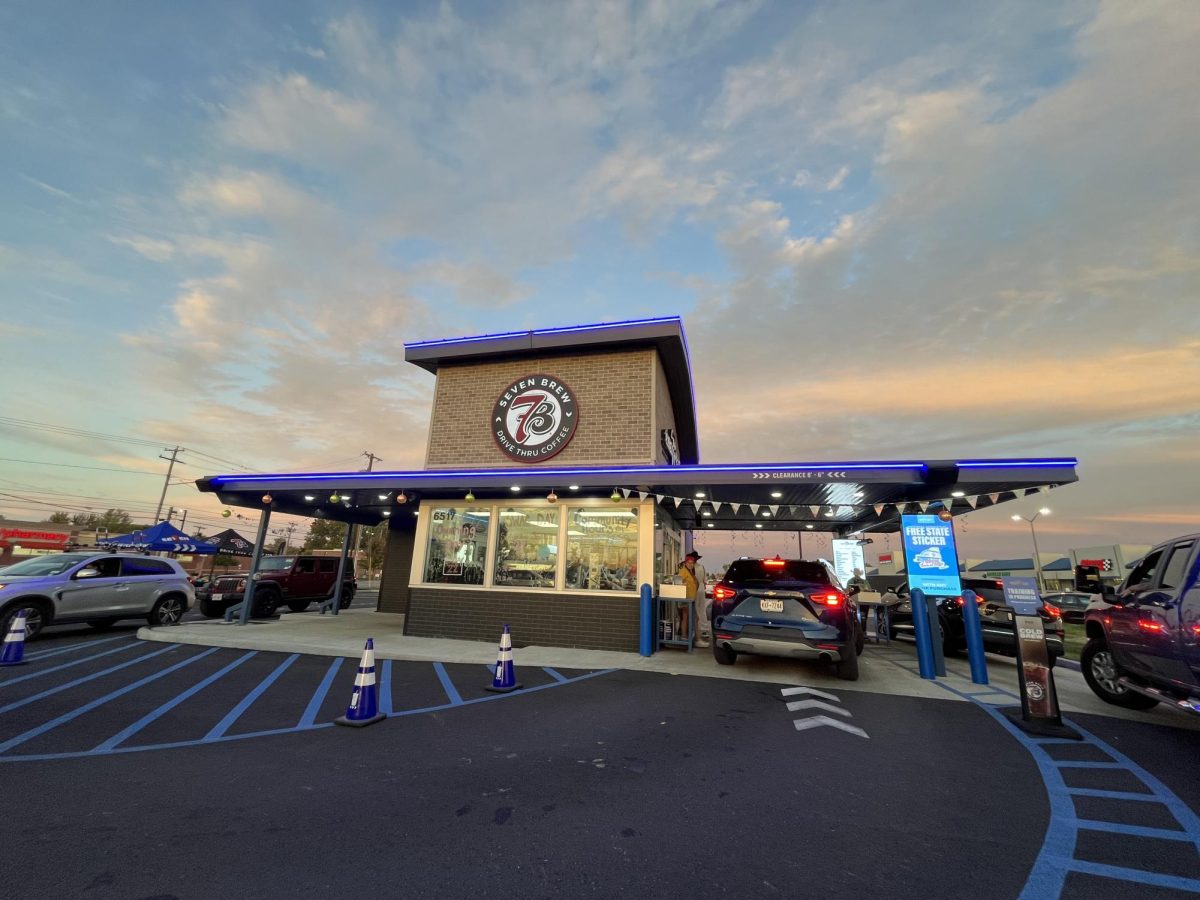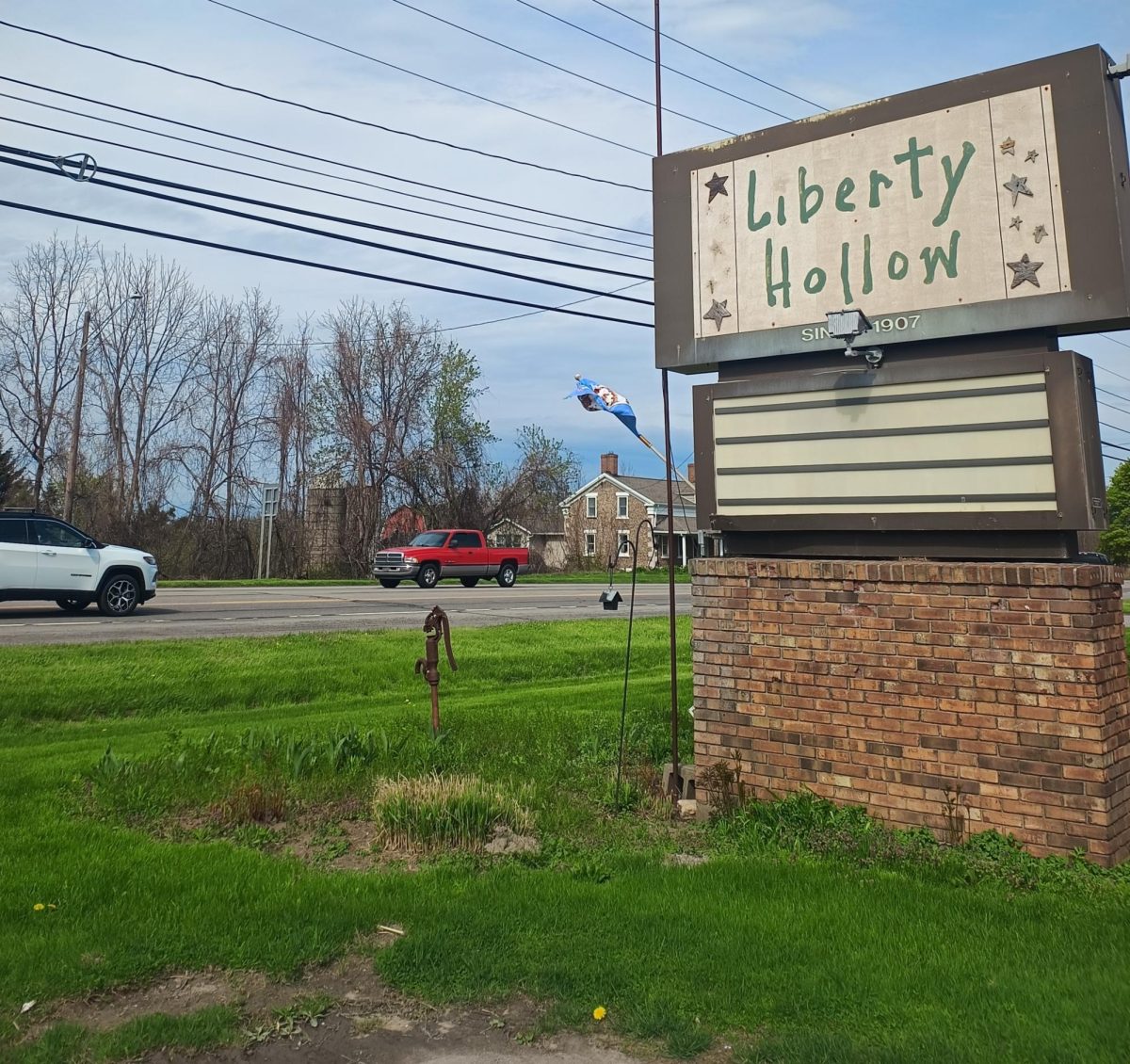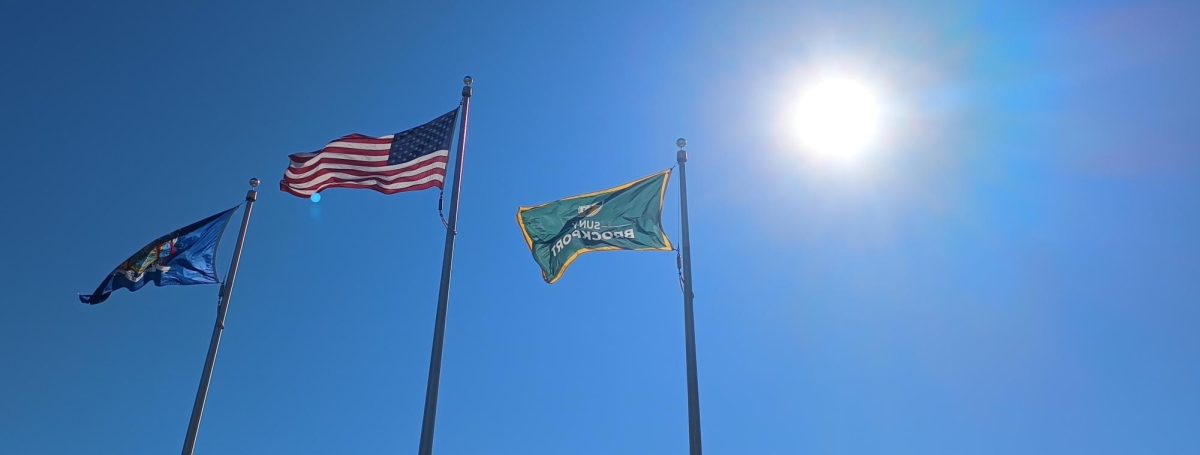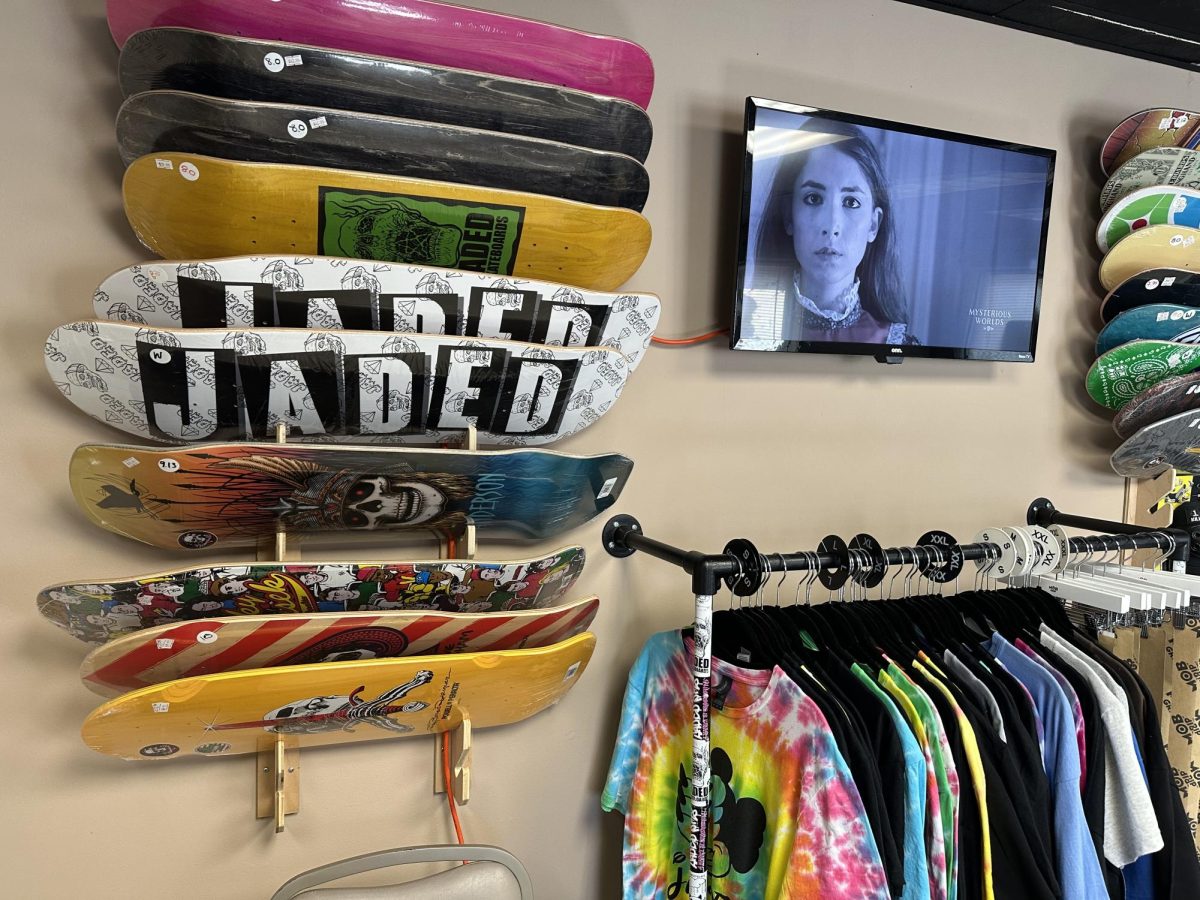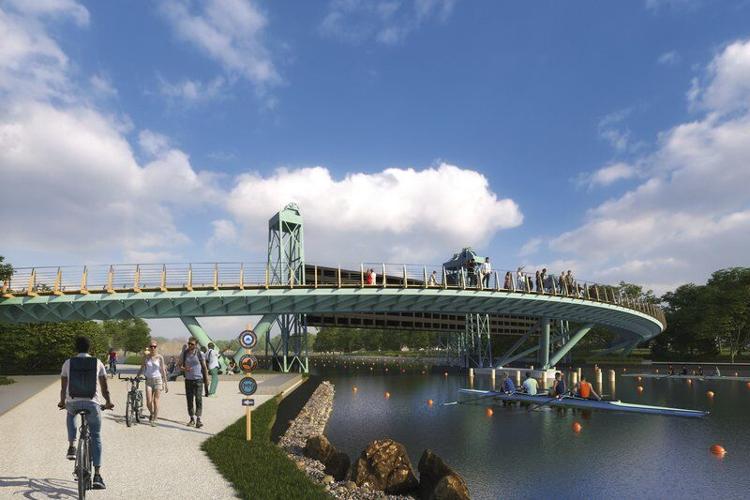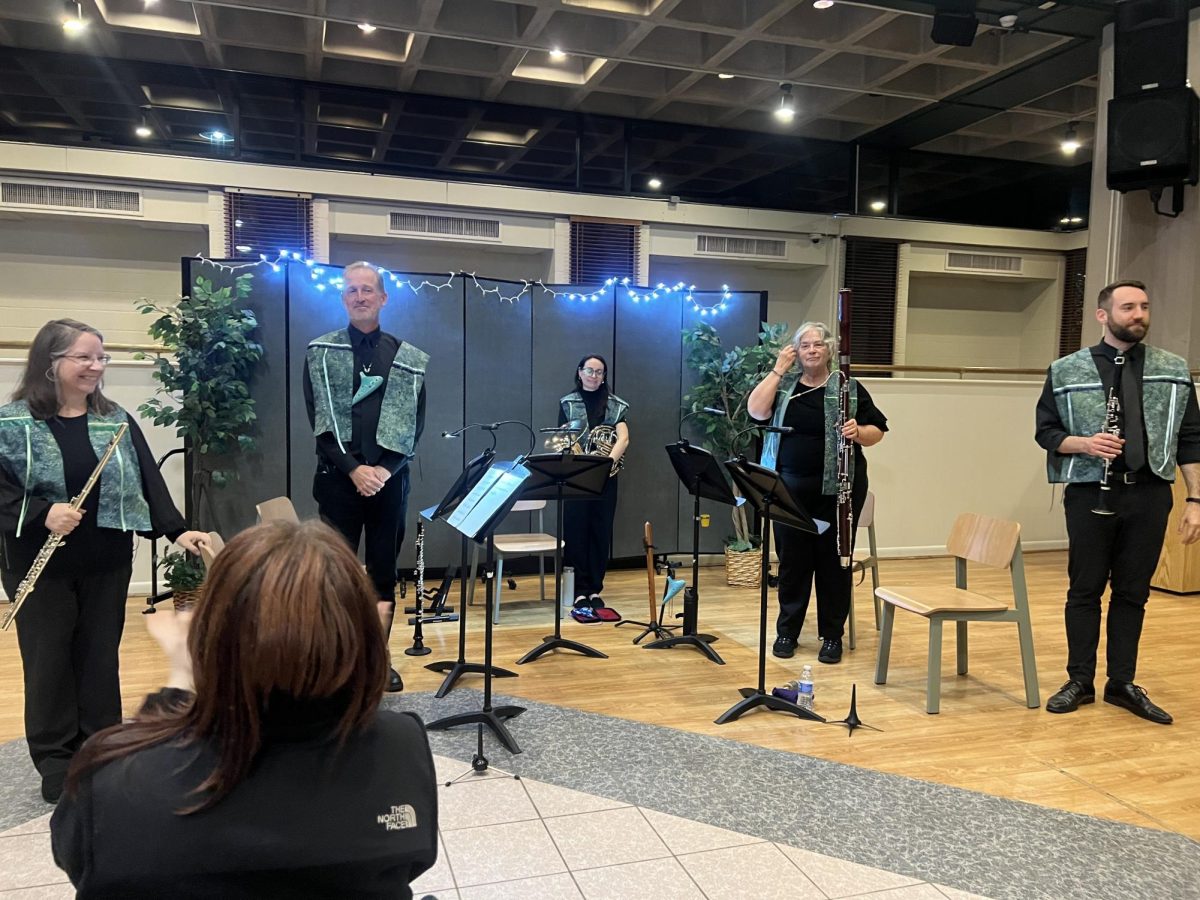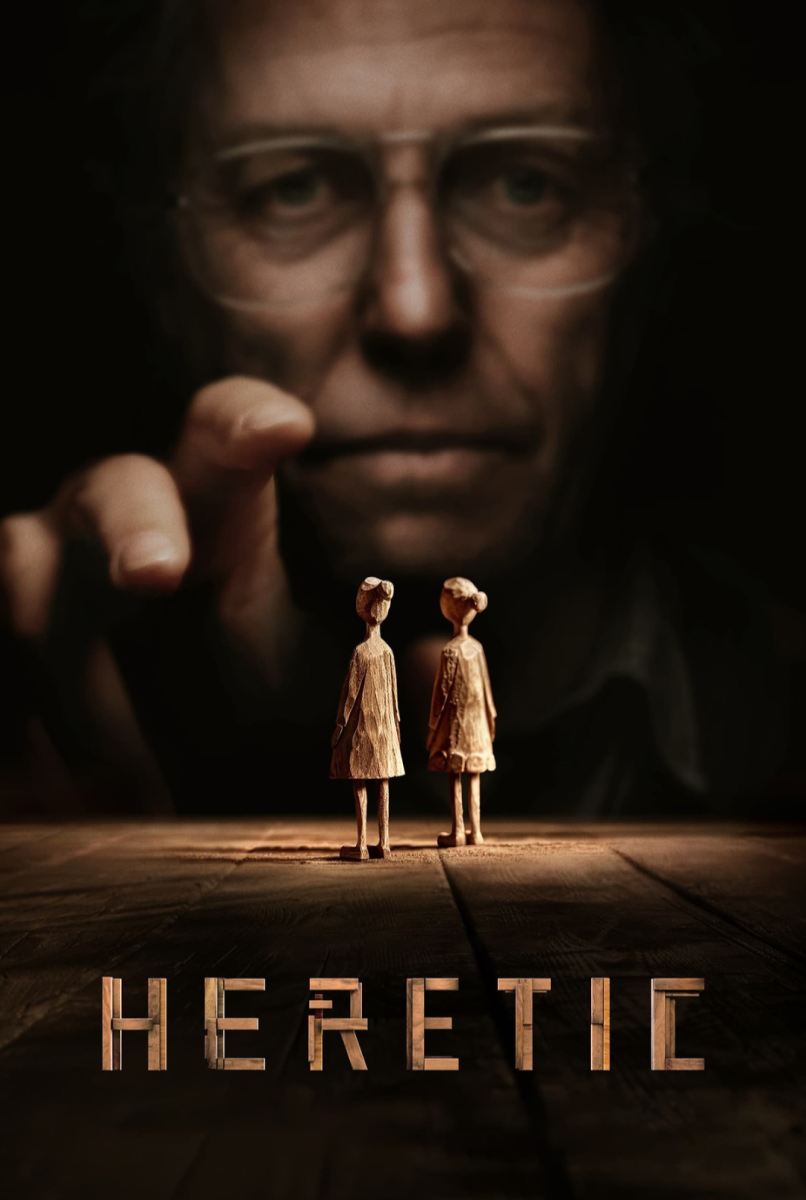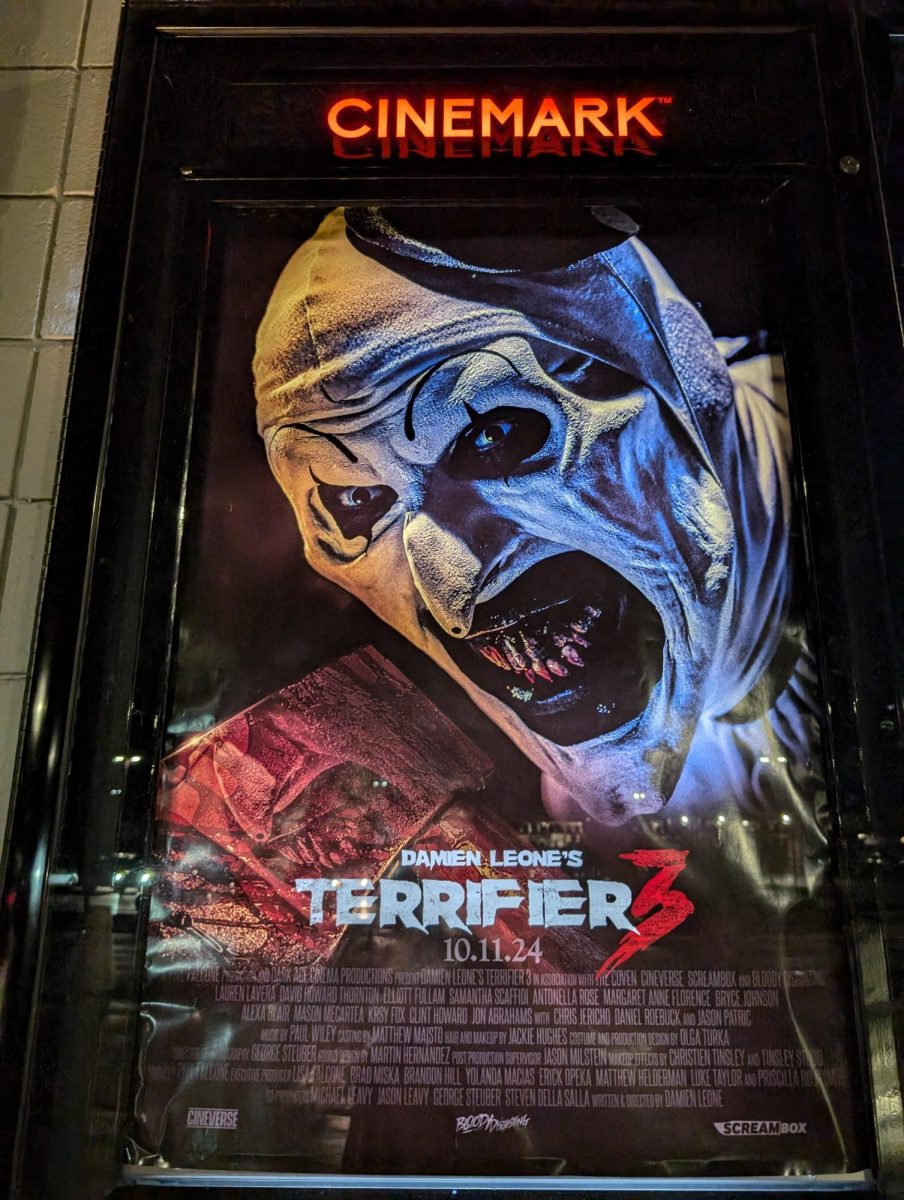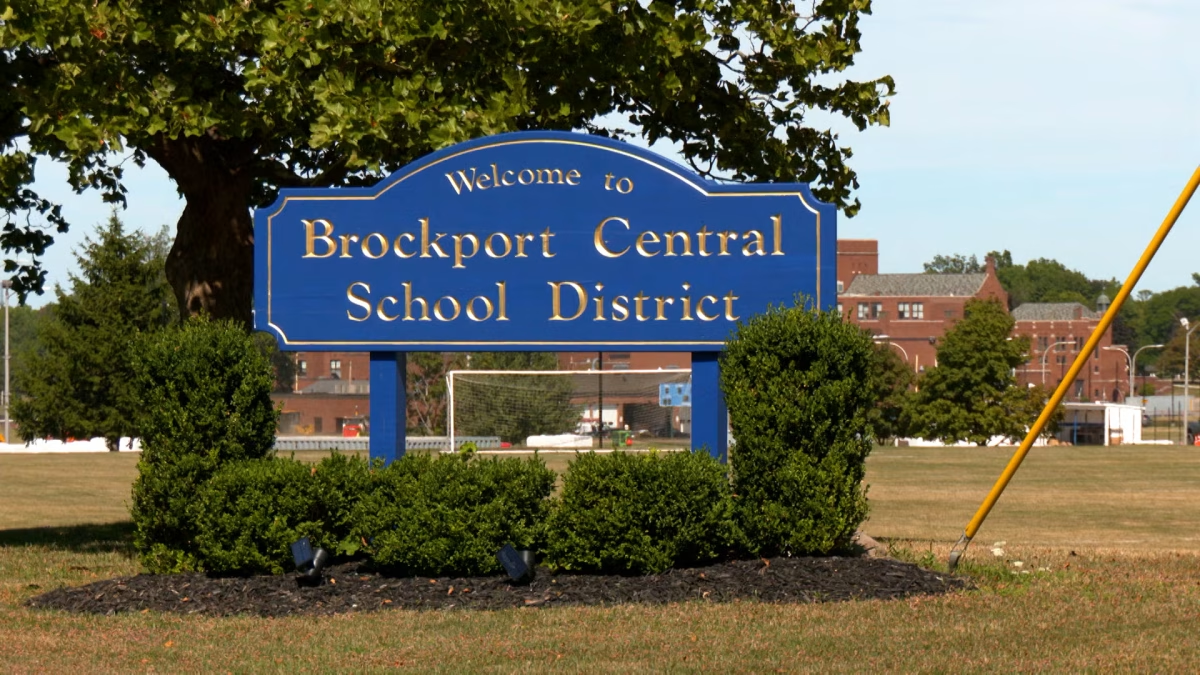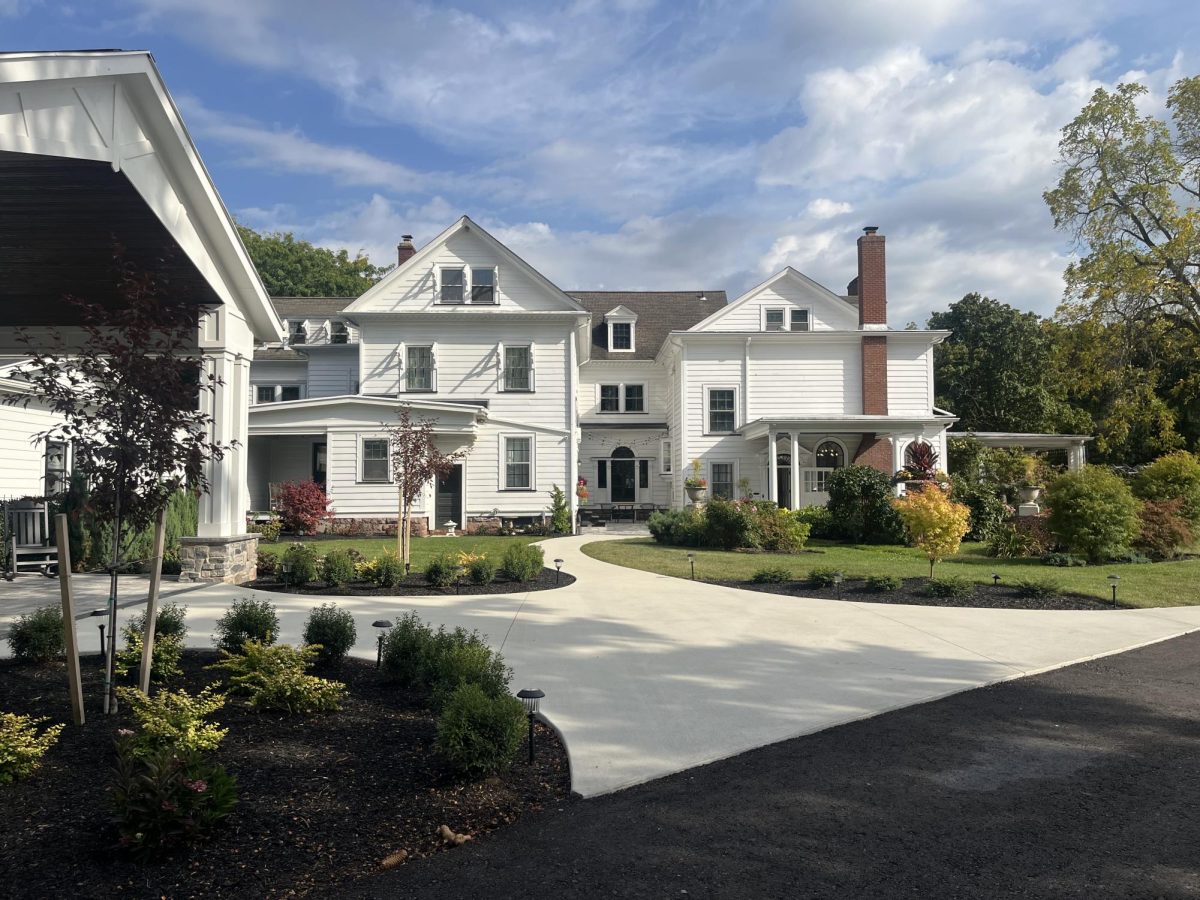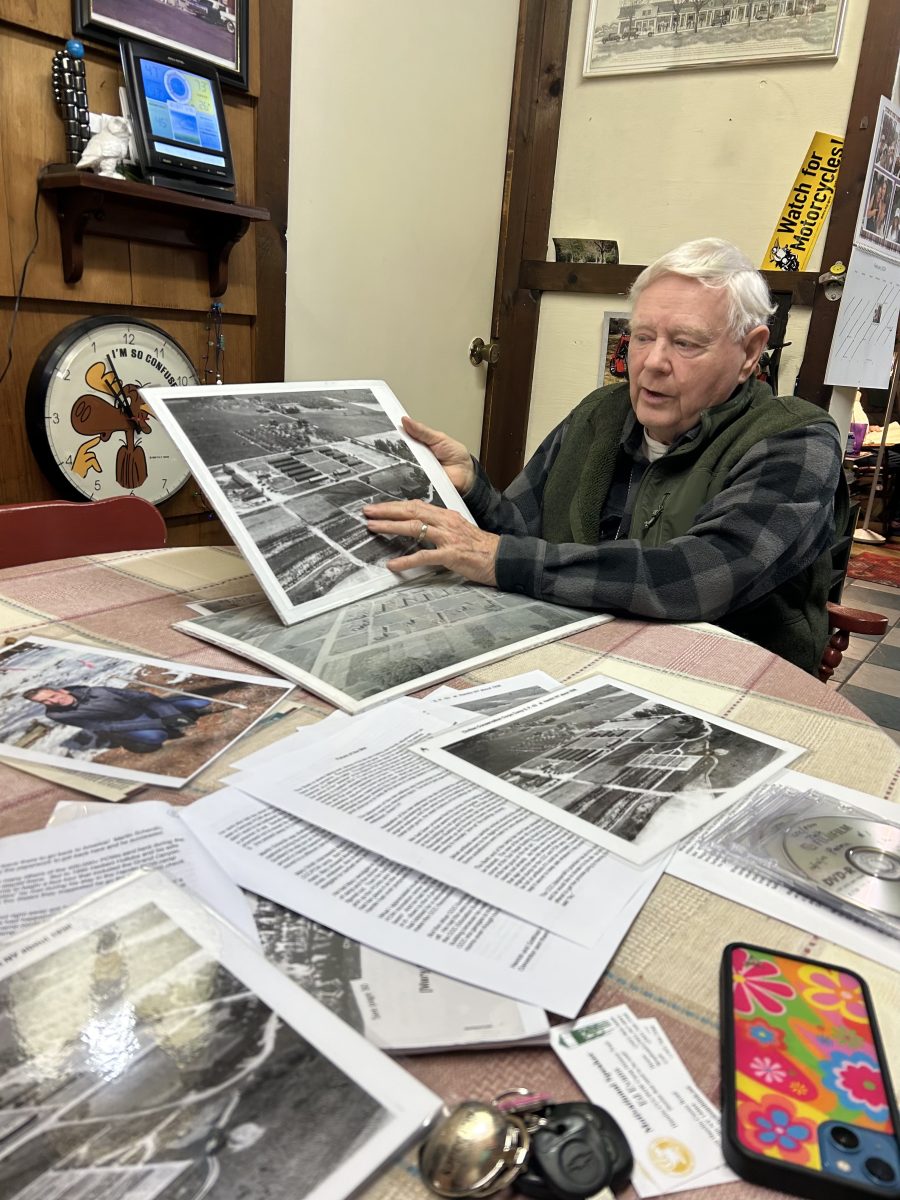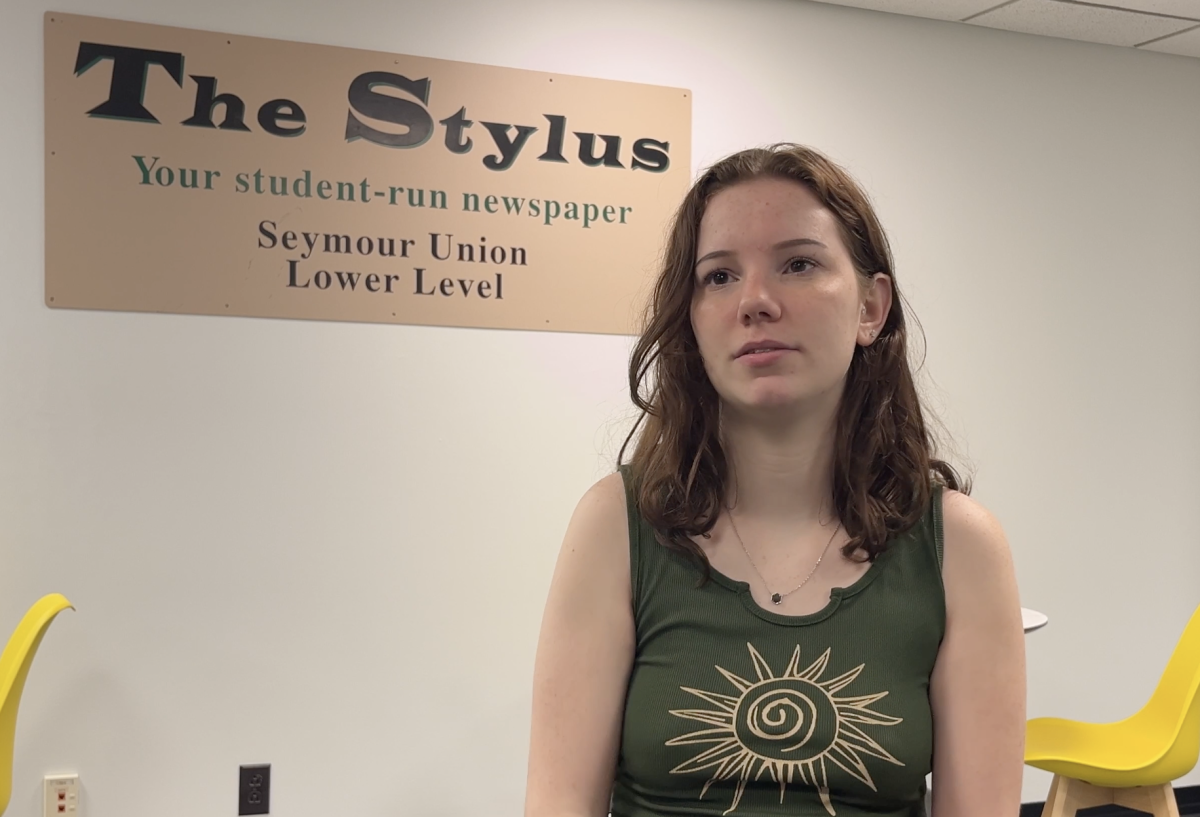by Paige Kingsley, Rachel Ekstrom, and Robert Merrill
The global community was stunned when Russian forces invaded Ukraine on Feb 24, 2022. The sudden and rapid escalation in conflict was the first event in the Russo-Ukrainian War in nearly eight years, breaking the ceasefire outlined in the Minsk agreements signed in September of 2014 and February of 2015.
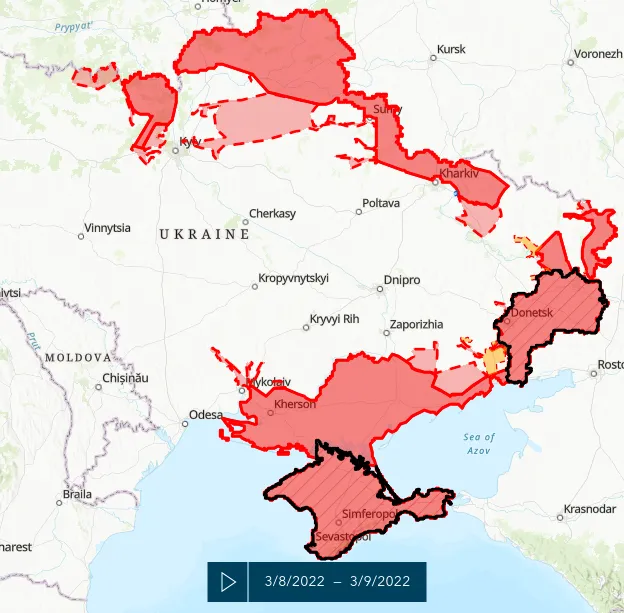
Since that invasion, news outlets such as CNN and The Washington Post reported the actions of the Russian forces under President Vladimir Putin’s command. The coverage was met with horrified reactions to the carnage and a rallying of support for the people of Ukraine.
In order to preserve the war effort, Ukraine has not confirmed their casualties but the number is allegedly close to 70,000 since the February invasion. As for survivors, roughly 6.2 million Ukrainians have been displaced from their homes in the largest European refugee crisis since the Yugoslav wars in the 1990s.
Mariia Shaforostova and her family are part of this figure, leaving their home in Ukraine to seek safety in Poland. This is where they are now, safe but certainly not at ease.
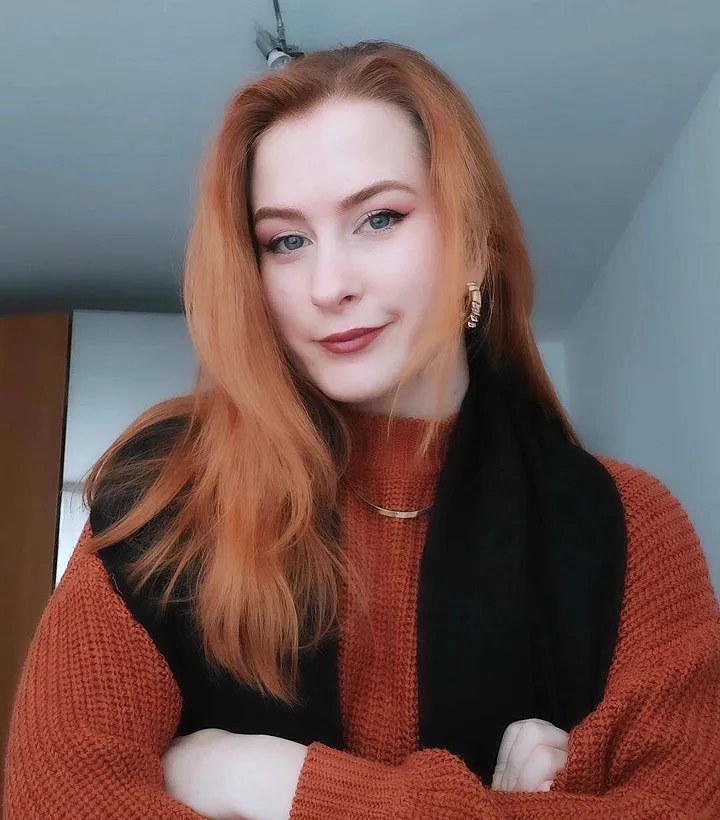
“Russia invaded Ukraine for imperialistic ambitions, and I had to start my life over in another country because of it. I can’t go back to my hometown; I’m separated from my family, and I’m constantly worried about my father, who’s a soldier. Some of our family friends are missing or dead, and our house in the countryside was destroyed, all because Russia wants to bring back the USSR,” Shaforostova said.
This experience is not unique to Shaforostova and her family, it’s the reality of many Ukrainians. Throughout all of the bloodshed and hardship, many people are left asking ‘why?’ And while the question may be simple, the answer is not.
A long history
The Russo-Ukrainian relationship has a long complicated past, all the way back to the 10th century when Russian Prince Vladimir converted to Orthodoxy in Kyiv and made it the governing religion of the Russian tsarist regime. This form of autocratic government is similar to an absolute monarchy and exercised extreme power over the Russian people until the Bolshevik Revolution in 1917. However, these cultural ties and sense of entitlement to the land of Ukraine continued to be prevalent after the death of Tsar Nicholas II and the birth of the Soviet Union.
Each Soviet leader had a different approach to Ukraine and how much control the Kremlin held over them, going against one another in a tug-of-war policy. Vladimir Lenin wanted to dispel negative ideas about the new Bolshevik government among non-ethnic Russians and instituted a policy of korenizatsiia, which promoted Ukrainian culture, language, education, and arts under Soviet leadership. Joseph Stalin, Lenin’s infamous successor, rolled back all these progressive movements and suppressed Ukrainian nationalism as World War II plagued Europe.

Meredith Roman, Ph.D. in Russian History, says Stalin was motivated to suppress Ukrainian nationality in order to hold absolute power over them.
“His policies towards Ukraine were ones that were intended to subordinate the nation to Moscow. So, during the Holodomor, the famine that resulted from collectivization, there was not just an attack on the peasantry and the countryside to sort of starve them into submission, but there was a coordinated attack on Ukrainian nationalists,” Roman said.
Many of the intellectuals, political leaders, and artists who contributed to the renaissance of Ukrainian culture under korenizatsiia and Lenin were rounded up and arrested, sentenced to death or to the gulag work camps. Some committed suicide to avoid the fate their colleagues met. Alongside these mass executions, there were state-sponsored incentives for ethnic Russians to move into Ukraine and shift the demographic to a more patriotic population.
The legacy of this forced submission of Ukraine to the Soviet Union lasted long beyond the rule of Stalin and bled into modern-day Russian political philosophy. President Vladimir Putin idolizes Stalin as he desires to restore Russia to its former global prowess, and this idolization explains Putin’s modern-day violence towards the nation of Ukraine.
Putin’s outlook
“The violence that Putin has unleashed and sanctioned against Ukraine now, especially with the full-scale invasion, we can see similarities with Stalinist policy,” Roman explained. “The stories about Ukrainian children being deported, that is something that has frightening parallels with the demographic Russification that Stalin engaged in. In some ways it seems even more horrific because it’s targeting children.”
Russification refers to a restructuring of the population, culture, and government of a non-Russian nation or region to emulate Russian values and culture. Even before the era of Stalin, ethnic Russians had been emigrating to Ukraine for centuries. This interconnection of the two nations over such a long period lends itself to the Russian belief that Ukraine is simply a miniature Russia.

Roman says the rationale behind the violence in the past year and a half comes down to the Russian national identity and an identity crisis that the Kremlin started feeling when Ukraine started vying for a spot in NATO.
When the Soviet Union fell, Mikhail Gorbachev was in power and his negotiations with NATO allowed the alliance to continue existing. According to scholars, this is because he was under the impression that it wasn’t going to last for much longer. In his eyes, NATO was an alliance formed against the Soviet Union and now that it had collapsed, there would be no purpose for the organization and it would ultimately be dissolved.
This proved to be incorrect, and the organization moved further and further into the east and closer to Russia, against the promise that then-Secretary of State Jim Baker had given to the former Soviet Union.
Scholars also say that after Boris Yeltsin didn’t make any moves to reclaim Ukraine in his leadership in favor of preserving diplomatic ties with NATO nations, the Kremlin grew anxious about Ukraine being an equal power to Russia instead of subordinate to them. For as long as Russia and Ukraine have existed, Russia has always had some form of power over the Ukrainian government and way of life. Now, Russia feels inferior to the world if they are not superior to another nation.
“Some experts look at Putin’s full-scale invasion of Ukraine as a crisis of Russian identity, less than one of Ukraine’s identity, because Ukrainians know who they are. The ethnic Russian nation can’t define itself without having that colonial relationship, it feels threatened when they’re on truly equal ground,” Roman said.
For Shaforostova, this identity keeps her tied to her home even though diaspora.
“I have this amazing sense of unity, this spirit of freedom. I’m proud to be Ukrainian, we have such a long history,” says Shaforostova.
This Russian inferiority complex is amplified by Ukraine’s appeals to join NATO, something Russia never considered to be a threat until the 2008 Bucharest Summit when Ukraine’s potential NATO membership was discussed and agreed upon by the Allies.
Vladimir Putin’s current presidential term began in 2012, but he has been president and prime minister of Russia since 2000. His intent was setting himself apart from his last two predecessors. He perceives them as subservient to western powers, and therefore weak. When Gorbachev’s and Yeltsin’s policies of allowance towards Ukrainian nationhood are considered alongside Putin’s desire to forge a new path, the reasoning behind the Ukrainian invasion becomes clear.
“I think it [the invasion] is one of desperation, in a way that was more about his personal power and control than any real strategic geopolitical interests on the part of Russia. In terms of his own personal ambitions and beliefs about his own stability within the Kremlin, those had to play a role in deciding to engage in this invasion,” said Roman.
Russia’s current issues
The 2022 invasion comes as the Russian population and economic struggles rise to the forefront of the discussion of Russia’s place as a major global power. Now, the value of the Russian ruble is rapidly falling in comparison to the United States dollar.
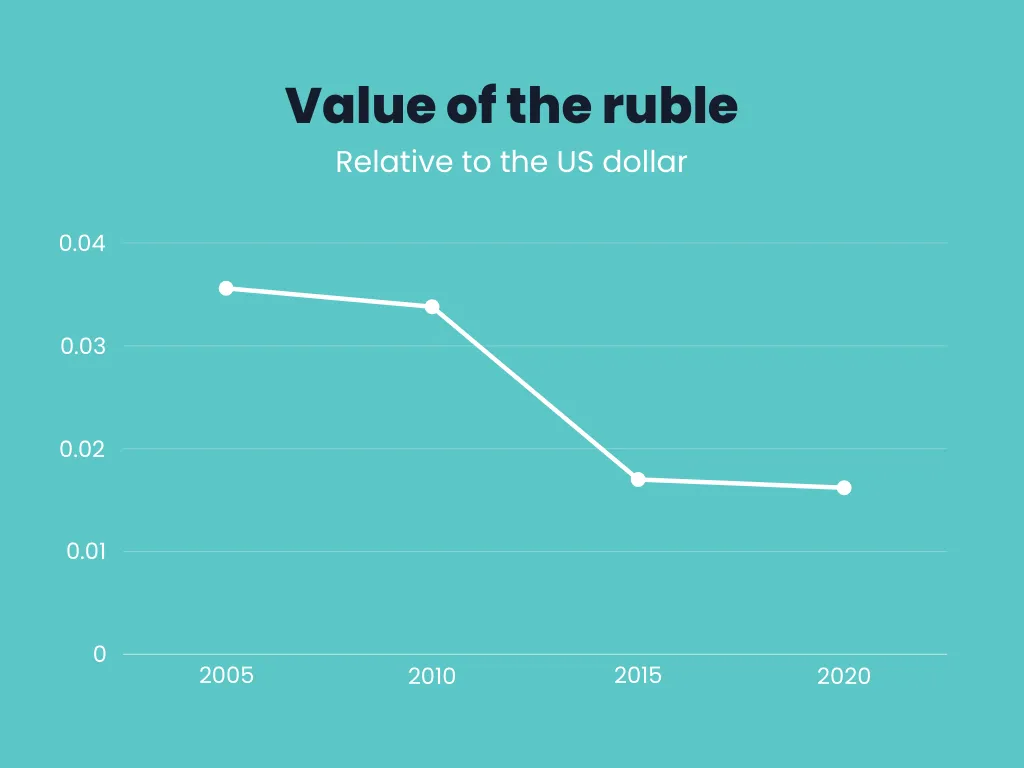
The decline in the value of the ruble is not the only struggle Russia faces. In the prime industrial days of the Soviet Union, most of the factory work was outsourced to their member states. This exploitation of workers and land benefited Moscow at the time, but after the collapse of the regime in 1991 and subsequent independence movements from these former member states, they lost access to much of their production.
In terms of Ukrainian relations, Russia lost the Malyshev Tank Factory located in Kharkiv, a city in northeastern Ukraine. The factory has gone by many names since its founding in 1895, but has existed in an independent Ukraine since 1991. The rapidly failing Russian economy incentivizes Putin to move to reclaim industries like Malyshev, while giving him a relevant reason to bring Ukraine back into Russia’s sphere of influence.
So… what comes next?
The biggest question, regardless of the history and the reasoning behind the war, is what’s going to happen next. Military experts say that Russia is running out of manpower, and with little to no support from other nations, no one knows for certain what the next move will be.
Lieutenant Colonel Allen Plymale, a retired US Army intelligence officer who served during the Cold War, says these military demographics are evidence of the shortcomings in Putin’s plan.
“The importance of demographics is seen throughout these conflicts. Both sides are suffering from manpower shortages, and the ability to regenerate forces has diminished greatly. Putin has overextended himself, and the Russian military is not as advanced as many in the west thought it was. I’m afraid that unless the oligarchs inside Russia remove Putin, this war will continue to grind on. I don’t think that the Ukrainians will ever stop,” said Plymale.
Shaforostova agrees.
“I don’t know how the war will end, most of our history we have been fighting for our independence. But I’m sure Ukraine will never stop fighting,” says Shaforostova.
And so the global community watches.

